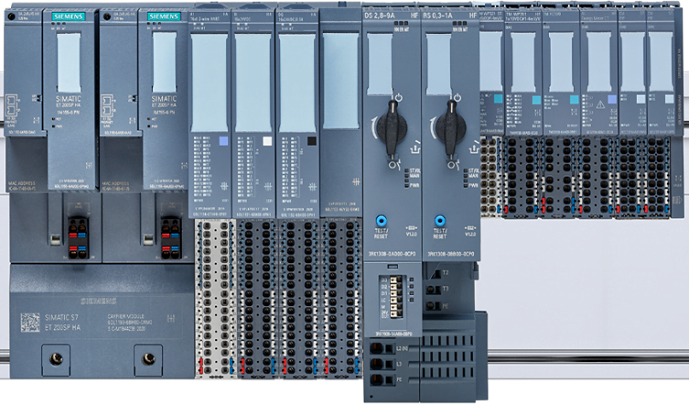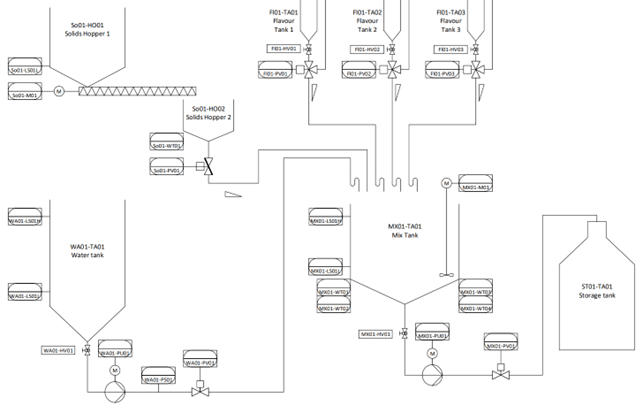In the age of digitalization, industries are inclined to create more efficient and value-driven processes. That is why we at CoNet, are always eager to test the latest state-of-art technologies within the industry. SIMATIC PCS neo is one of the latest innovations by Siemens. It is a web-based process control system with object-oriented data management.
To get better insights into the system and obtain hands-on experience in using PCS neo’s newly developed programming platform, CoNet decided to engineer our Lemonade Factory using the PCS neo.
Exploring PCS neo
We were eager to learn more about PCS neo and its possibilities, so we purchased the required PCS neo V3.1 server and associated licenses. To start the work, four experienced CoNet PCS 7 and TIA Portal engineers took the official Siemens PCS neo course to get more acquainted with the system. The training provided useful insights and tips, and there was plenty of room to experiment.

Lemonade factory and PCS neo
As you might know, the Lemonade Factory is a small-scale version of a real production process. The purpose of our lemonade factory is to train new employees in our CoNet Academy and to be able to demonstrate our automation solutions. Our Lemonade Factory was already controlled by PCS 7 and TIA Portal in the past.
To implement a PCS Neo control system our engineers had to exchange the current hardware with PCS neo- compatible hardware:
- Simatic ET200SP HA head module
- Digital input
- Digital output
- Analog input

Simatic ET200SP HA head module
Process description
The journey to connect PCS neo to our Lemonade Factory had some ups and downs. However, we were able to overcome the obstacles and make it work.
To make the lemonade factory process work, the following steps had to be programmed in PCS neo:
- Adding a predefined volume of one or more flavors to the mixing tank.
- Adding the predefined weight of sugar to the mixing tank.
- Transport a predefined volume of water from the water tank to the mixing tank.
- Activate the agitator of the mixing tank for a predefined duration.
- Transporting the mixture over to the Storage tank.
Schematic overview of Lemonade Factory
Challenges
To make the process more efficient, we wanted to create one CMT for a flavor tank that could be used for each tank with the same functionality, since there are three flavor tanks in the Lemonade Factory. However, PCS neo V3.1 does not contain CMT functionality. A CMT is a control module type that combines multiple functions, interfaces, control philosophy, and configuration and creates one user-defined control module type. Therefore, for the control of a flavor tank that is executed three times, the use of a CMT would have been beneficial. This functionality is planned for version 4.0.
Another challenge we came across was that, unlike PCS7 and TIA portal, the Siwarex weighing functionality is not available yet (planned for version 4.0). As a workaround, we used our TIA Portal S7-1500 PLC to interface with the Siwarex weighing module and read the measured weighing value into PCS neo using PLC to PLC communication.
Having fun in the process
Connecting PCS neo to our Lemonade factory has been a great project for us to get more insights into PCS neo and its functionality. We are also glad that we have expanded our Lemonade Factory. Now, engineers have an environment where to learn and experiment with the latest state-of-art technology and have some fun with it.
Currently, we are upgrading the project of the Lemonade Factory to PCS neo V4.0. The challenges that we have experienced in V3.1 should be solved in the V4.0 version, so stay tuned!
Do you have any questions about our process? Don’t hesitate to contact us via sales@conet.nl!

